As American cuisine evolves, certain traditional dishes that once filled dinner tables nationwide are seeing a decline in popularity.
These classic American foods reveal the ever-changing culinary industry. While they remain symbols of the past, modern preferences for diverse flavors have shifted the culinary space.
Let’s take a look at the once-beloved staples and examine why they no longer resonate as they once did.
Tuna Casserole

Tuna casserole, a product of mid-20th-century convenience cooking, combines canned tuna, cooked pasta, and canned soup, often topped with crushed potato chips or breadcrumbs. Its popularity has waned due to its association with bland, processed flavors and a shift towards fresher, less processed ingredients. However, it remains a nostalgic dish for many.
Ambrosia Salad

Ambrosia, a fruit salad traditionally made with pineapple, coconut, marshmallows, and cherries, often bound with whipped cream or yogurt, has seen a decline as a popular dessert or side dish. Modern palates tend to favor less sugary options and fresher, less canned or processed fruit components. This dish’s fall from grace reflects dietary trends toward natural food presentations.
Liver and Onions
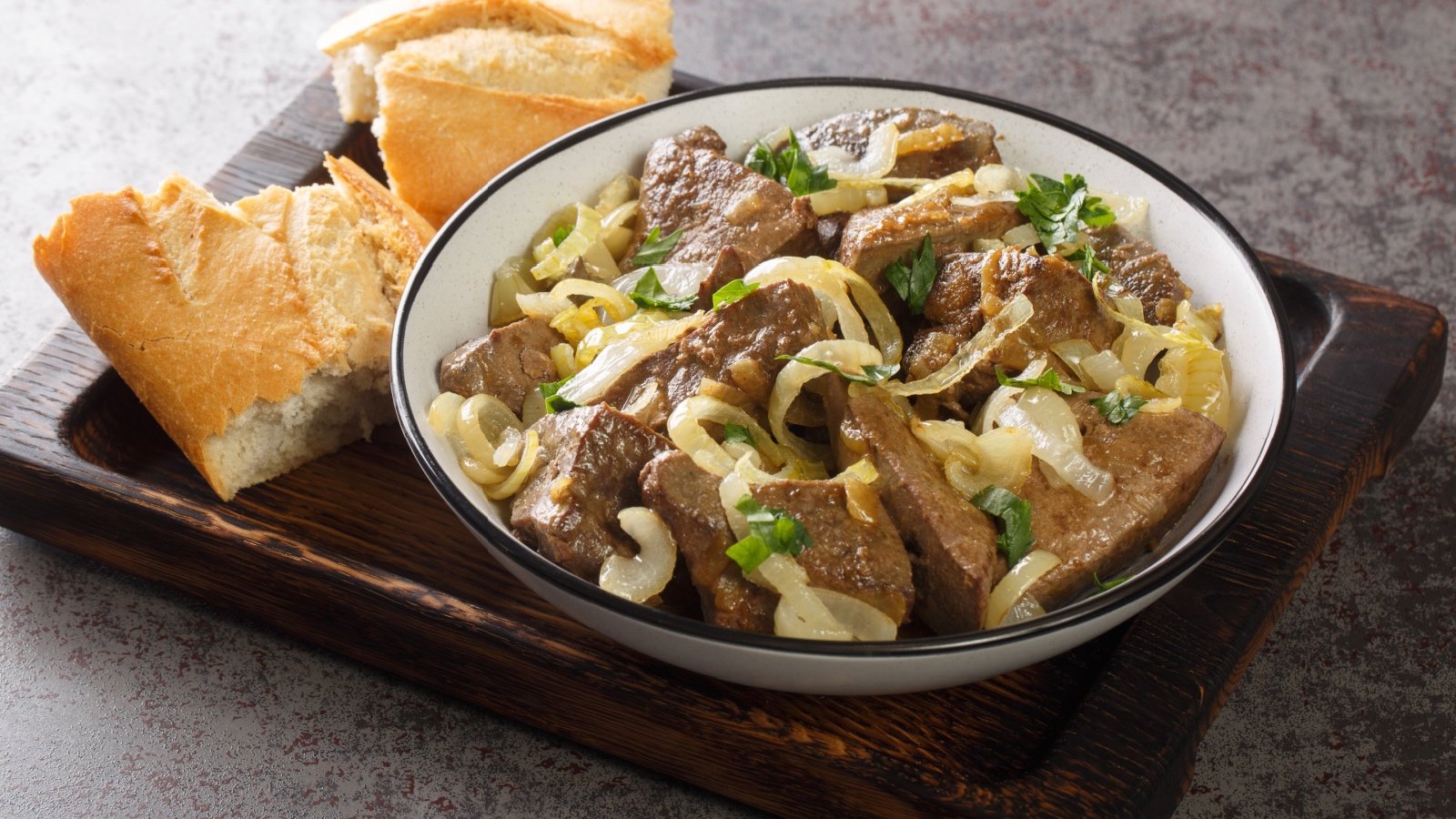
Once a common American comfort food, liver, and onions have fallen out of favor due to changing preferences and perceptions about offal as a food source. The strong flavor of liver and the texture that many find unappealing have contributed to its decline. Though nutritious, its popularity has waned compared to more universally palatable meats.
Salisbury Steak

Originally developed by Dr. James Salisbury in the late 19th century, Salisbury steak is a dish made from ground beef and other ingredients, which is then shaped to resemble a steak and served with gravy. Its presence has dwindled in home kitchens and restaurants as diners seek healthier and more gourmet meat options. The dish now primarily survives in frozen meal form.
Deviled Eggs

Deviled eggs, hard-boiled eggs cut in half and filled with a creamy, seasoned yolk mixture, are often associated with mid-century American picnics and potlucks.
While still a favorite at some gatherings, their prevalence has declined as appetizers and snacks have evolved towards more sophisticated and diverse cuisines. They are often considered too simple or outdated for modern entertainment
Creamed Corn

Creamed corn, made by pulping corn kernels and cooking them with cream or milk, has seen a decline as preferences shift towards fresher, less processed vegetable sides.
This dish, once a comfort food staple, is now often bypassed for grilled or roasted corn, which highlights the vegetable’s natural flavors. The move towards whole and minimally processed foods has lessened its popularity.
Spam

Introduced in 1937, Spam became a staple, especially during World War II when fresh meat was scarce. Its convenience and long shelf life made it popular; however, its high sodium and fat content have seen its popularity wane in light of health-conscious eating habits. While still enjoyed in some regions and cultures, Spam is no longer a mainstream staple.
Green Bean Casserole
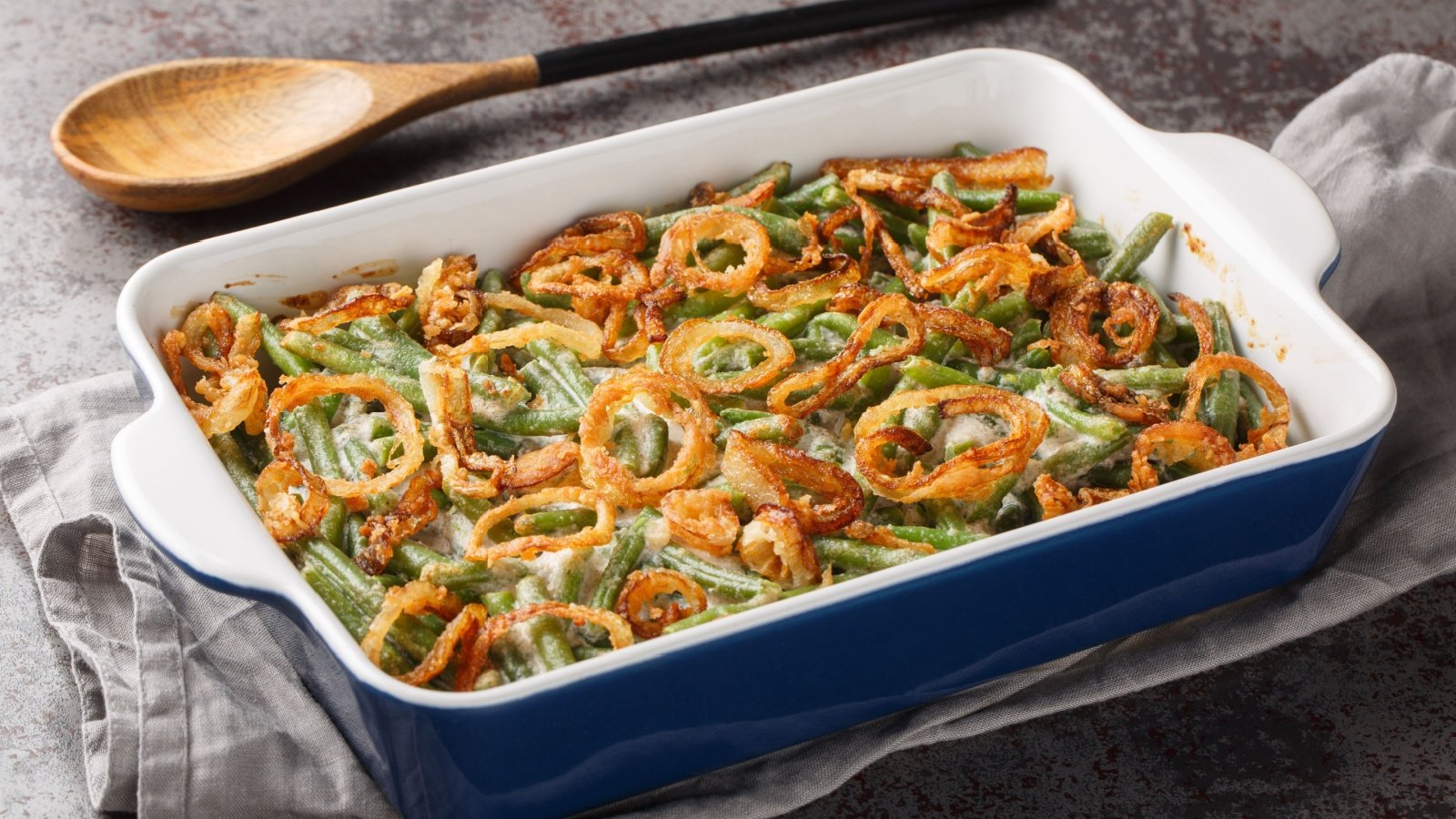
This casserole, made from green beans and cream of mushroom soup, topped with crispy fried onions, is a traditional Thanksgiving side in many households. However, its popularity has diminished as people opt for fresher, lighter vegetable dishes. The casserole is now sometimes viewed as overly heavy and reliant on processed ingredients.
Pot Roast
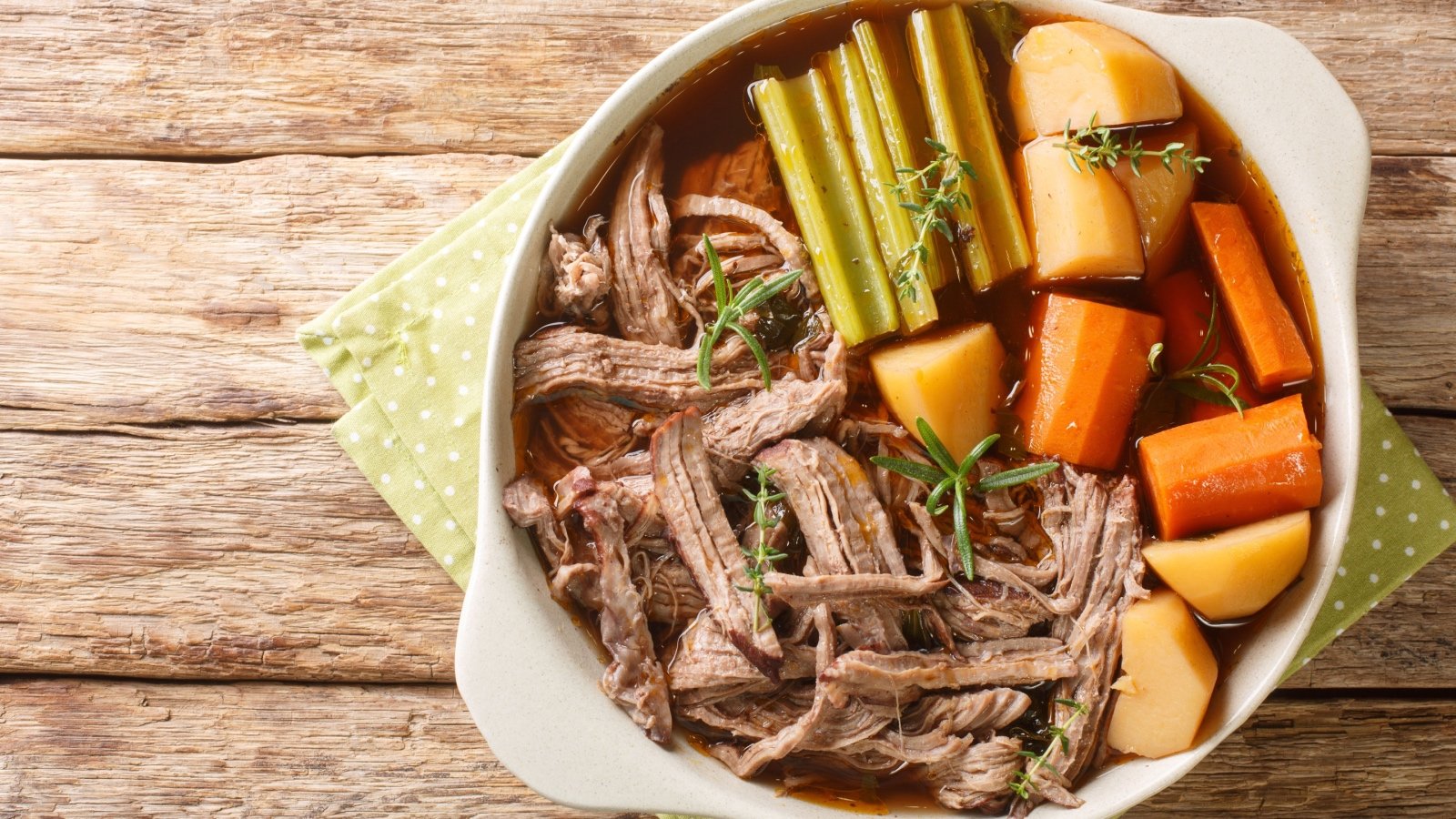
Pot roast, a braised beef dish cooked with vegetables in a pot, is synonymous with traditional American home cooking. While it still holds a place in many hearts and homes, younger generations often prefer quicker, lighter, and more ethnically diverse dishes. The slow-cooked comfort food has seen a decline as cooking trends shift towards faster, flavor-packed options.
Corned Beef and Cabbage

Corned beef and cabbage, a dish with Irish-American roots traditionally consumed on St. Patrick’s Day in the U.S., has seen fluctuating popularity.
Though it remains a staple on March 17th, it is rarely consumed outside this holiday, as its appeal is somewhat limited by its heavy and distinctive flavor profile. The dish’s association with a single occasion limits its presence in the larger culinary world.
Baked Alaska

Once the pinnacle of fine dining dessert elegance, Baked Alaska—a dessert consisting of cake and ice cream encased in meringue and briefly baked—has become a rarity in restaurants.
Its complex preparation and dramatic presentation requirements have led to its decline as simpler, more contemporary desserts gain favor. However, Baked Alaska still captivates those who appreciate its show-stopping theatricality and delightful contrast of warm meringue with frozen ice cream. Its nostalgia factor keeps it cherished in certain culinary circles, though it is no longer a dessert menu staple.
Pineapple Upside-Down Cake

Pineapple upside-down cake, characterized by a top layer of caramelized pineapple rings and cherries, has waned in popularity as cake preferences shift towards more modern flavors and presentations.
Originally a hit due to the convenience of canned pineapple, this cake now often feels dated compared to the sleek aesthetics of contemporary desserts. Despite this, it retains a nostalgic appeal among those who grew up with it.
Meatloaf

Once a staple of American dinner tables, meatloaf has seen a decline in popularity as tastes evolve towards more diverse and health-conscious options.
This classic dish, made from ground meat mixed with other ingredients and formed into a loaf shape, then baked or smoked, is often viewed as old-fashioned. Younger generations are opting for more adventurous and often quicker meal solutions.
Waldorf Salad
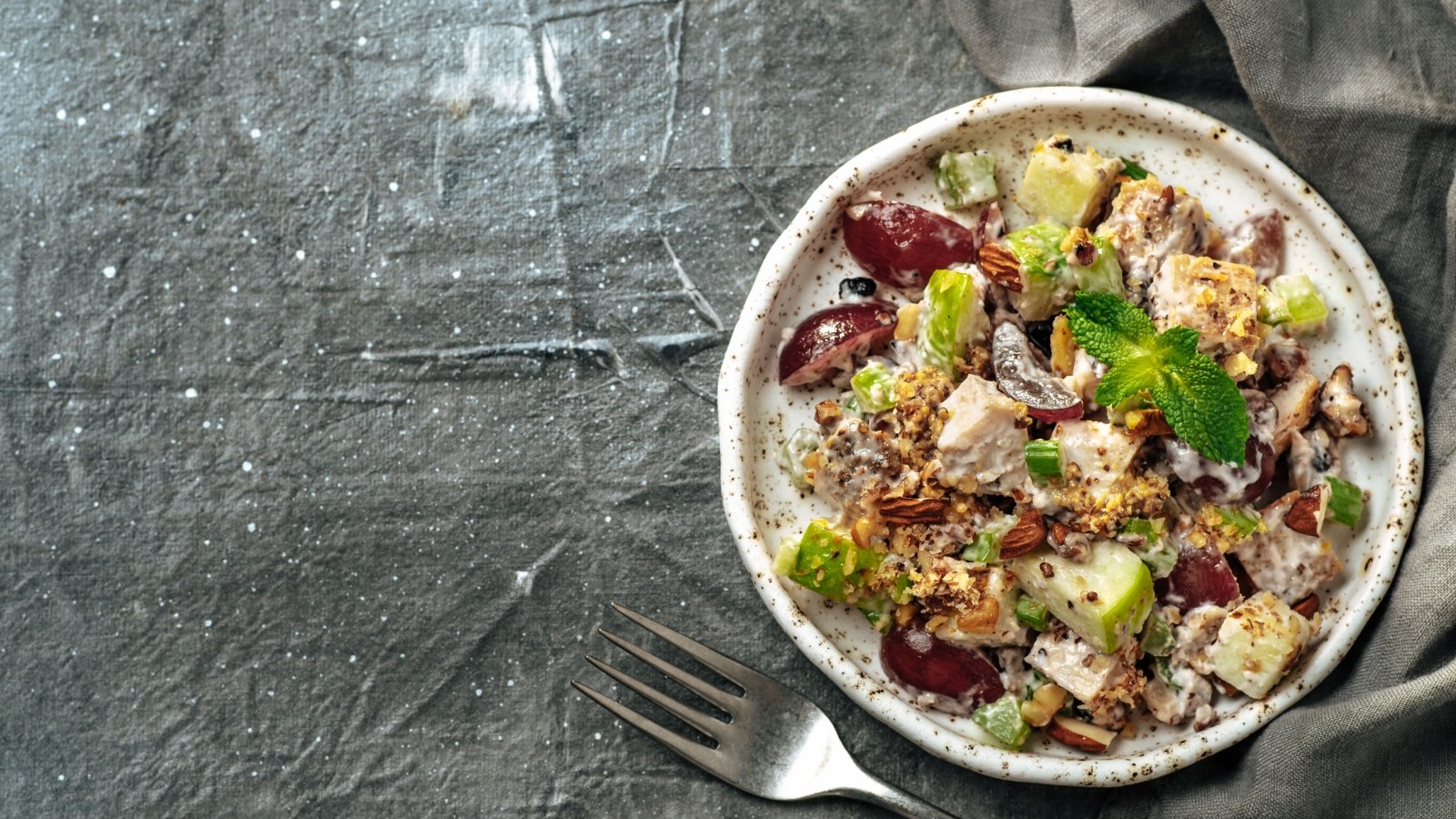
This iconic salad, created at New York’s Waldorf-Astoria Hotel in the 1890s, combines apples, celery, grapes, and walnuts in a mayonnaise dressing.
Though once a symbol of sophistication, its popularity has declined as more innovative and lighter salads have taken center stage in health-focused diets. The Waldorf Salad now serves more as a historical footnote in culinary history than a common menu item.
Chicken à la King
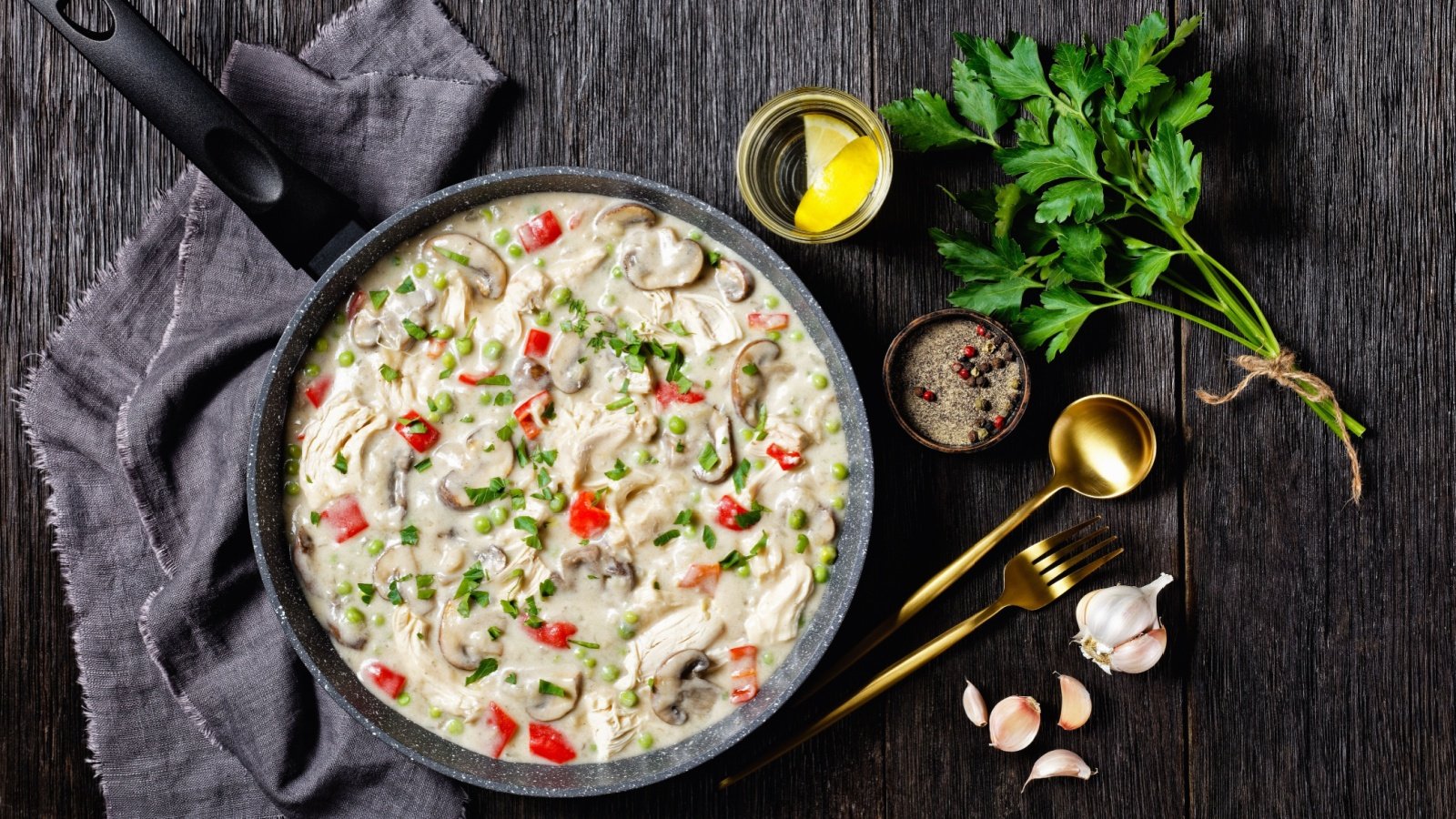
Chicken à la King, featuring chicken in a creamy sauce with vegetables and often served over rice, pasta, or bread, has seen its popularity decline as dining trends lean towards bolder, global flavors.
This dish, popular in the early to mid-20th century, is now often viewed as overly rich and lacking the excitement of contemporary cuisine. It remains a reminder of past dining habits focused on comfort and convenience.
Fried Bologna Sandwich

Once a beloved quick meal in the Southern and Midwestern United States, the fried bologna sandwich has largely fallen out of favor.
The sandwich, typically made with sliced bologna fried until crispy and served on white bread with various condiments, is often bypassed today for healthier or more gourmet sandwich options. Despite its decline, it still holds a place in the hearts of those who appreciate its simple, satisfying flavor.
Sardine Sandwiches

Sardine sandwiches, once a common inexpensive and nutritious option, have decreased in popularity as more appealing seafood choices have become accessible. The strong flavor and smell of sardines are not favored by younger generations who prefer milder, less pungent fish. However, sardines remain valued in some diets for their high omega-3 content and sustainability.
Hamburger Helper

Hamburger Helper, introduced in the 1970s as a convenient dinner solution, combines boxed dried pasta with seasoned packets to be cooked with ground beef. As home cooks have moved towards fresher, less processed meal options, the popularity of this product has waned. However, it remains a nostalgic food item for many who grew up with its various flavors as a staple meal.
TV Dinners

Introduced in the 1950s, TV dinners revolutionized American eating habits by providing pre-cooked, frozen meals that only require reheating.
As fast food chains expanded and home cooking saw a resurgence, the allure of TV dinners diminished due to their processed nature and lack of freshness. The trend towards organic and fresh homemade meals continues to overshadow the once-celebrated TV dinner.
Jell-O Salad

Jell-O salad, which mixes gelatin with ingredients like fruit, nuts, and sometimes vegetables or even seafood, has significantly dropped in favor. Once a creative way to present food at gatherings in the mid-1900s, it is now often cited as a puzzling culinary artifact of the past. The decline is linked to changing tastes and a move away from heavily processed foods.
Boiled Dinner

Boiled dinner, or New England Boiled Dinner, a meal consisting of corned beef boiled alongside potatoes, carrots, and cabbage, has seen decreased popularity outside its regional roots.
This one-pot meal, valued for its simplicity and heartiness, has been overshadowed by more complex and aesthetically pleasing dishes in the modern culinary scene. While still cherished during certain holidays or in specific locales, it is rarely seen in the American diet.



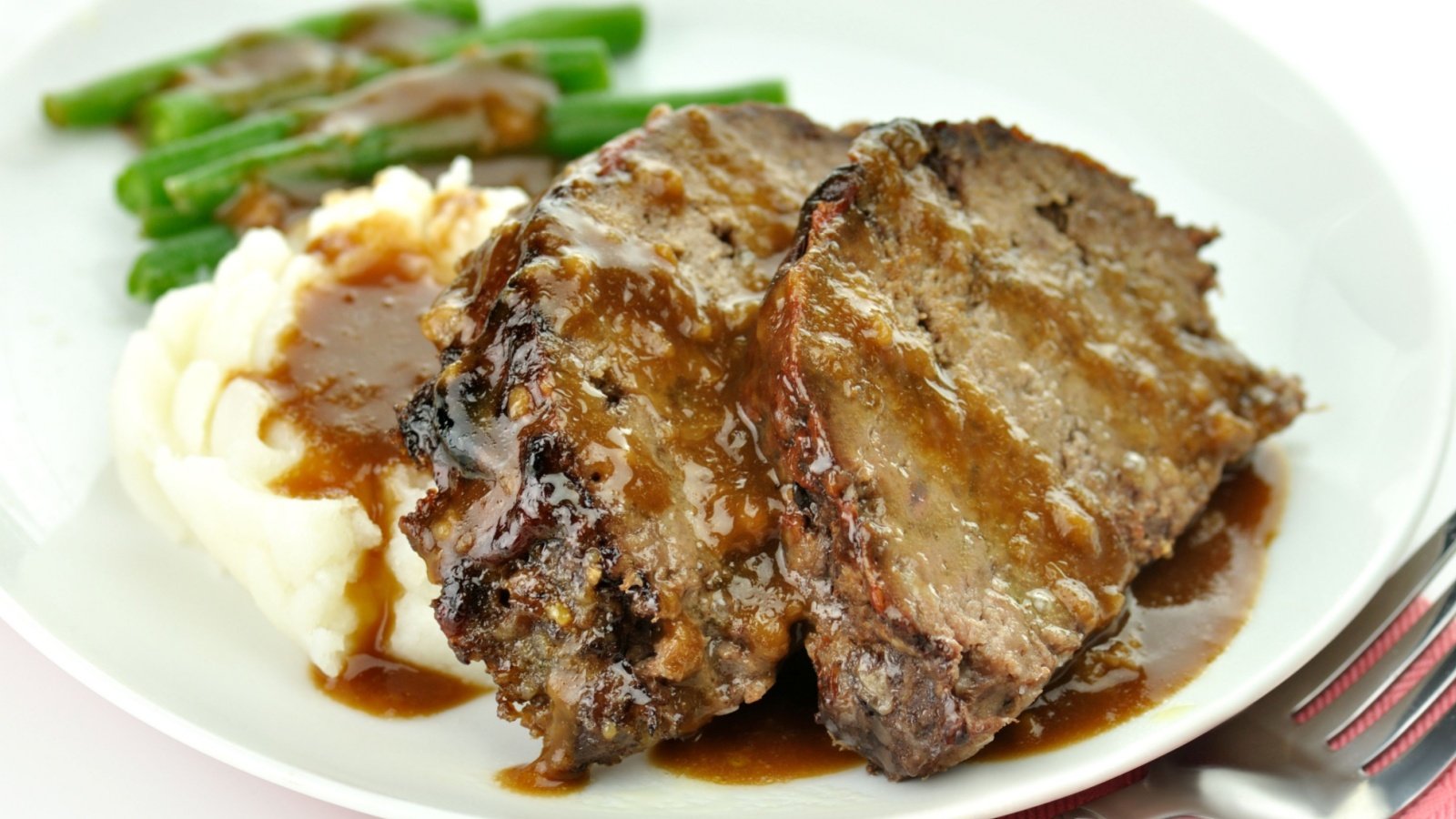





RTbet ist zwar ein junger und moderner Buchmacher, bietet jedoch ein ähnliches
Quotenniveau wie seine Konkurrenten. Besonders beliebt sind aktuell zudem E-Wallets,
da Du mit diesen relativ einfach über Dein Handy zahlen und alle Ausgaben per App nachvollziehen kannst.
Nach meiner RTbet Erfahrung bietet Dir der Bookie dafür eine Reihe an unterschiedlichen Zahlungsoptionen.
Die Slots im RT Bet Casino sind zudem immer auf dem
neuesten Stand, da die Plattform regelmäßig neue Titel hinzufügt.
Dazu gehören Freispiel-Runden, Multiplikatoren, Expanding Wilds und Pick-and-Click-Bonusspiele.
Für diejenigen, die den Charme der alten Spielautomaten schätzen,
bietet das RT Bet Casino eine Vielzahl von klassischen 3-Walzen-Slots, die das nostalgische Gefühl der landbasierten Casinos aufgreifen. Die Plattform bietet nicht nur
eine große Auswahl, sondern auch eine stetige Erweiterung des Portfolios, sodass Spieler
immer wieder Neues entdecken können. RTbet Casino hat sich
als zuverlässige und moderne Online-Spielstätte etabliert,
die komfortable Spielbedingungen bietet.
RTBet, betrieben von der renommierten Stellar Ltd, hat sich einen hervorragenden Ruf als eine der sichersten Online-Glücksspielplattformen erarbeitet.
Das Online Casino bietet seinen Kunden ein 5-stufiges VIP Programm, welches weitere Boni bereithält.
RTBet bietet eine Vielzahl von attraktiven Bonusangeboten für seine Spieler.
Hier schneidet RTBet besonders gut ab, was daran liegt, dass
es hier eine große Vielfalt an regelmäßigen Boni, einen tollen Willkommensbonus, eine Bonus Crab und vieles weitere gitbt.
Aber hier hört der Spaß noch lange nicht auf, denn es gibt auch Tischspiele,
wie Online Roulette oder Online Blackjack. RTbet ist
daher definitiv einen Blick wert und mit dem Willkommensbonus des Anbieters kannst Du Dir direkt einen Vorteil zu Beginn sichern.
References:
https://online-spielhallen.de/1go-casino-mobile-app-dein-umfassender-spielpartner/